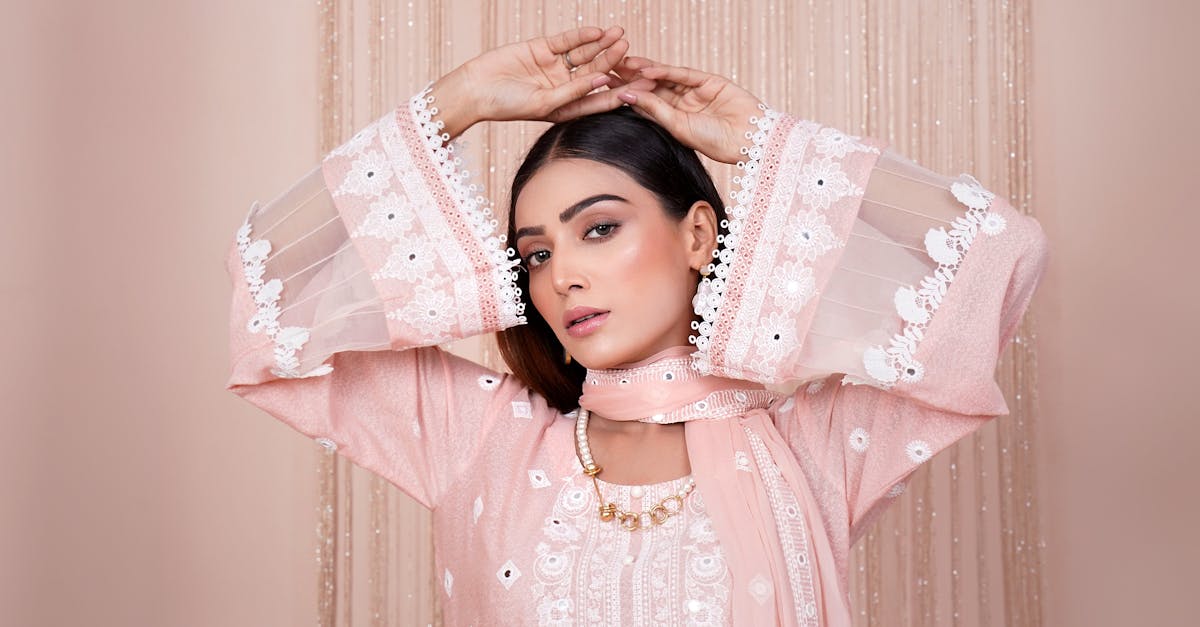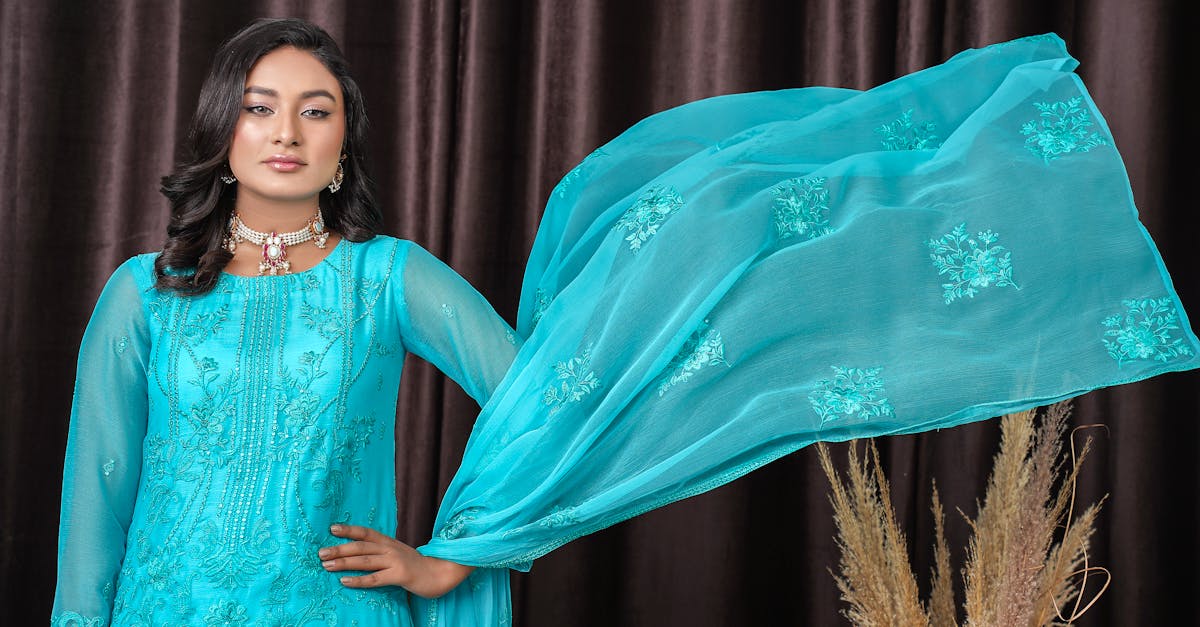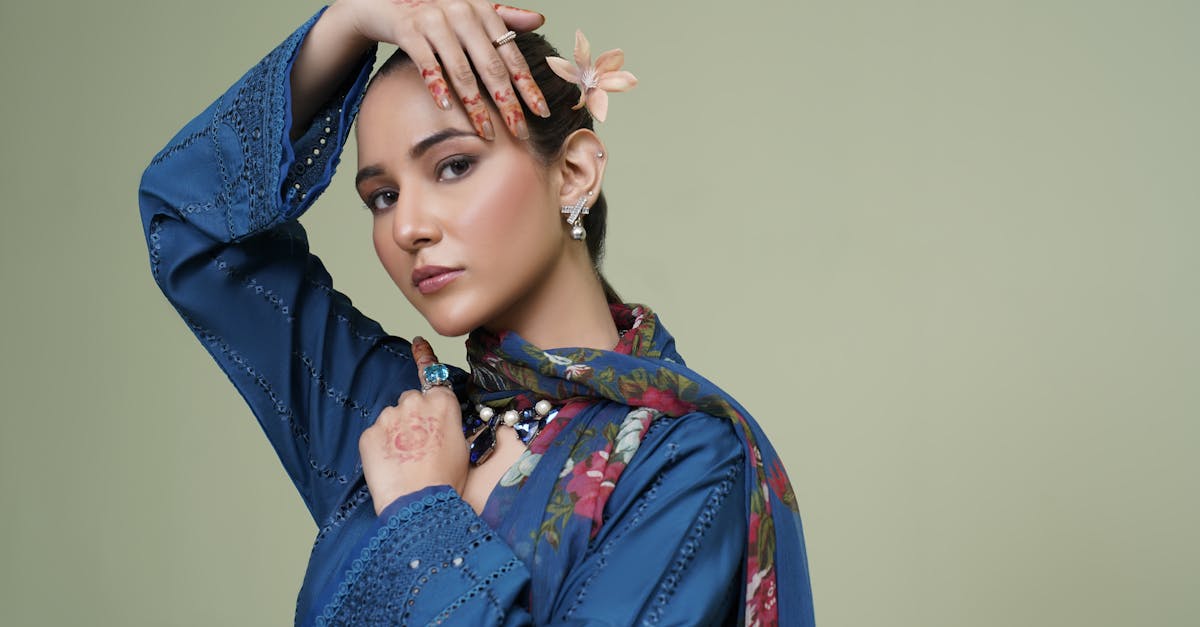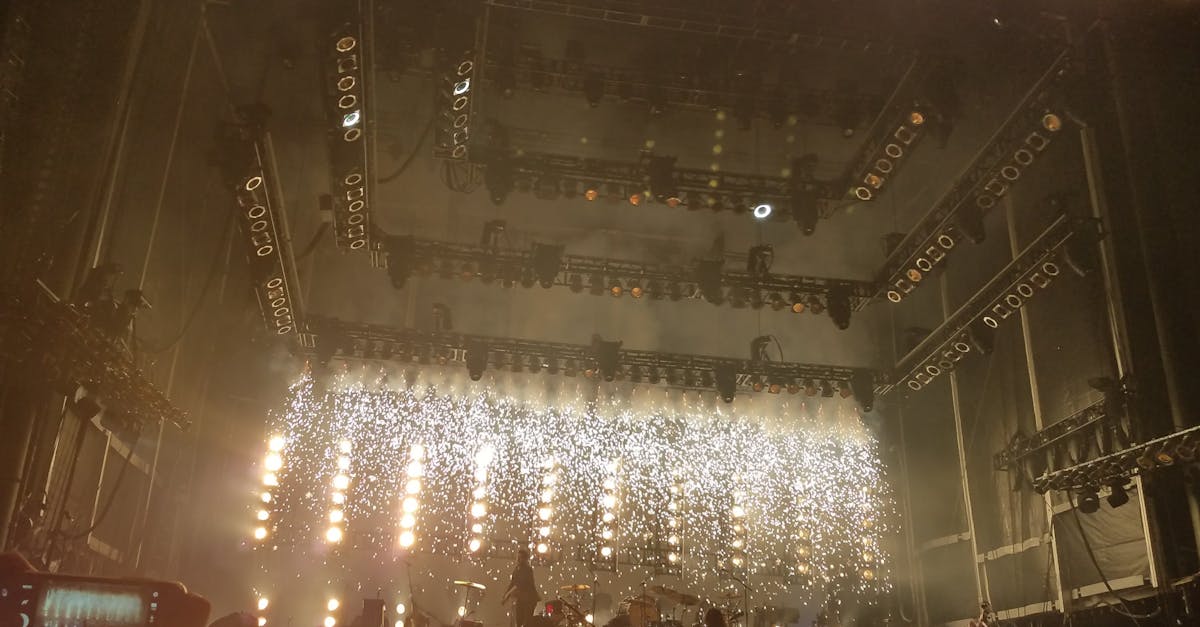Sartorial Elegance Evolution 2024
Introduction
Fashion, at its core, is a reflection of society's values, emotions, and technological advancements. As we step into 2024, the landscape of sartorial elegance is reshaping, marked by trends that merge sustainability, technology, and individuality. These changes are revolutionizing how designers conceptualize ready-to-wear pieces, challenging traditional aesthetics, and pushing boundaries. The fashion world is no longer just about visual appeal—it's steeped in social responsibility and inclusivity. Each stitch, pattern, and fabric we choose narrate tales of innovation and transformation. As we delve deeper, let's unravel the intricacies of 2024's fashion revolution and its broader implications.
Advertisement
Tech-Savvy Innovations in Fashion
The fusion of technology and fashion has paved the way for groundbreaking innovations in recent years. Smart textiles, capable of altering their properties in response to environmental stimuli, dominate the current scene. Designers now integrate wearable technology into everyday garments, offering functionalities like heart rate monitoring or temperature regulation. With augmented reality, consumers can visualize how a particular piece will look on them before purchasing. 3D printing has become a pivotal tool, streamlining production processes and allowing for unprecedented creativity. This tech-driven approach is not just about aesthetics but also focuses on enhancing user experience and practicality.
Advertisement
Sustainable Practices Redefining Fashion
Sustainability continues to be a pivotal force in reshaping sartorial practices. In 2024, the emphasis on reducing fashion's carbon footprint is stronger than ever. Brands are increasingly adopting circular fashion models, focusing on recycling and upcycling materials to create new garments. The use of eco-friendly fabrics such as organic cotton, bamboo rayon, and recycled plastics is prevalent. Labels committed to ethical labor practices are gaining prominence, as consumers demand transparency about the sourcing and production of their clothing. Ultimately, the fashion industry is moving away from fast fashion, promoting quality over quantity.
Advertisement
Inclusivity as a New Industry Norm
Fashion's evolving landscape recognizes the importance of diversity and inclusivity. Today, brands are increasingly aware of their consumer base’s varied backgrounds and preferences, tailoring collections to cater to different sizes, gender identities, and cultural aesthetics. Adaptive clothing lines for those with disabilities are no longer an anomaly but a norm for forward-thinking designers. Moreover, fashion campaigns adopting a more diverse set of models, emphasizing beauty in all forms, are resonating deeply with global audiences. Inclusivity not only ensures representation but also challenges age-old biases and perceptions within the fashion realm.
Advertisement
The Rise of Digital Fashion Platforms
Digital fashion platforms have emerged as powerful tools for innovation and marketing. In 2024, online storefronts utilize advanced AI to offer personalized shopping experiences, curating selections based on past preferences and styles. Virtual fashion shows are becoming common, offering immersive experiences that transcend geographical limitations. Social media continues to shape fashion trends, with influencers and consumers becoming pivotal in product promotions. Blockchain technology has been harnessed to ensure authenticity, protecting brands from counterfeiting. Digitization in fashion emphasizes the importance of accessibility and engagement for a global audience.
Advertisement
Climate Conscious Fashion Shows and Events
As the environmental impact of traditional fashion events comes into focus, brands are opting for greener alternatives. Fashion weeks across the globe are embracing digital showcases, minimizing logistics-related emissions. Shows are adopting carbon-neutral strategies, including eco-friendly set designs and travel accommodations. There's a significant push towards more intimate, invitation-only gatherings that focus on quality and sustainability. Hybrid events, combining both live and online viewings, expand reach while reducing footprints. This commitment to environmental responsibility showcases a profound cultural shift towards eco-consciousness in the fashion industry.
Advertisement
The Influence of Cultural Heritage on Modern Designs
Designers today are drawing inspiration from their cultural roots more than ever before. This celebration of heritage has led to the resurgence of traditional techniques and patterns, elevating them onto global runways. Indigenous crafts like embroidery, weaving, and dyeing are gaining recognition, fostering collaborations between local artisans and designers. Fashion is witnessing a fusion of the old and new, where conventional designs meet contemporary aesthetics, resulting in exquisite collections. By embracing cultural nuances, 2024’s fashion industry is promoting diversity while preserving age-old traditions and artistry.
Advertisement
Gender Fluid Fashion
Gender-neutral clothing lines are influencing today's sartorial landscape, addressing the growing demand for gender inclusivity. Labels are moving away from classical menswear and womenswear divisions, offering diverse options that cater to everyone. Fluid silhouettes, tailored androgynous suits, and unisex basics dominate many collections. This shift challenges traditional gender norms, opening up a dialogue on identity and self-expression. As consumers gravitate towards pieces that align with personal rather than societal definitions of identity, the industry heeds this call to ensure everyone finds representation in fashion.
Advertisement
Personalization and the Future of Custom Fashion
The rise of personalization in fashion is reshaping consumer expectations. Customization options, accessible through digital platforms, allow individuals to tailor garments to their unique preferences. Be it choosing fabric combinations, specific cuts, or even embroidery details, customized fashion caters to personal needs. Emerging technologies like AI-powered design tools make it feasible for brands to offer bespoke solutions that were once reserved for high fashion. This personalized approach reflects a deepening of the connection between consumers and their clothing, as each piece narrates a personal style story.
Advertisement
Conclusion
Sartorial elegance in 2024 is a dynamic blend of technology, sustainability, and inclusivity. As the industry continues to embrace technological advancements, it redefines the concepts of creativity and functionality. Sustainable practices are at the forefront, urging the move towards ethical production and reduced environmental impact. Meanwhile, inclusivity endeavors ensure that fashion is a domain where everyone finds representation and expression. These transformations indicate a hopeful trajectory for the fashion industry, focused on responsibility, innovation, and a deeper connection with its global audience. As we progress, the future of fashion holds exciting possibilities that promise both aesthetic pleasure and meaningful change.
Advertisement





